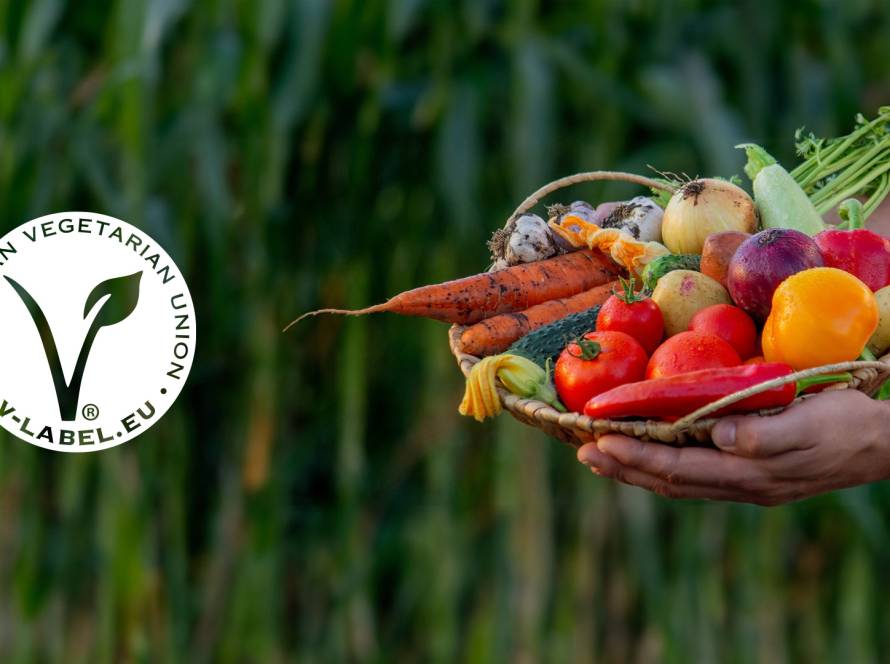What is Olive, and Where Did It Come From?
Olive is the fruit obtained from a long-lived and productive tree that is native to the Mediterranean region. It has been an important source of food for civilizations throughout history and has even been accepted as a symbol of peace and wisdom in some cultures. The history of olive dates back to 6000 BC, and its first use dates back to Ancient Egypt.
First Consumption and Ways of Consumption
Throughout history, it has been consumed in both fresh and processed (dried or pickled) forms. Since fresh olives usually have a bitter taste, they undergo various processes to become edible. Traditional methods include soaking the olives in salt water or drying them.
Olive Varieties
There are hundreds of olive varieties around the world. These varieties vary in size, color, taste, and fat content. Some popular varieties include Manzanilla, Kalamata, and Arbequina. The unique characteristics of each variety make them ideal for different dishes and uses.
Zeytursan’s Production Process
It blends traditional and modern techniques, adhering to high quality standards in olive production. Olives are hand-picked during their ripening period and processed quickly after harvest. This process preserves the freshness and natural flavors of the olives. Zeytursan best brings out the characteristic flavor of each variety by processing olives by brining or drying methods.
Conclusion
Olives and olive oil offer numerous benefits in terms of health and taste. Zeytursan’s way of processing this valuable food ensures both the preservation of traditional methods and the meeting of modern consumer expectations. In this journey that extends from the field to your table, you can feel Zeytursan quality in every bite.





